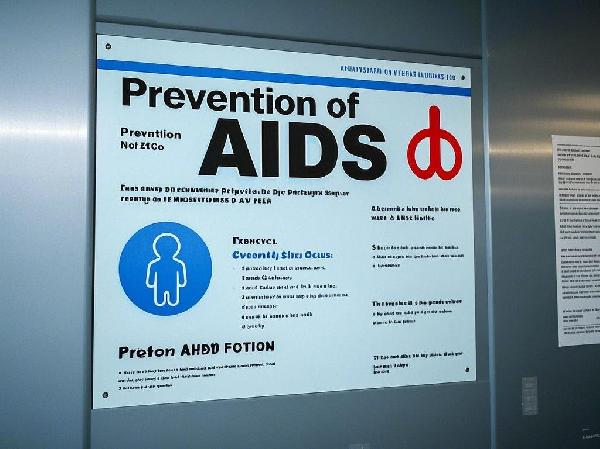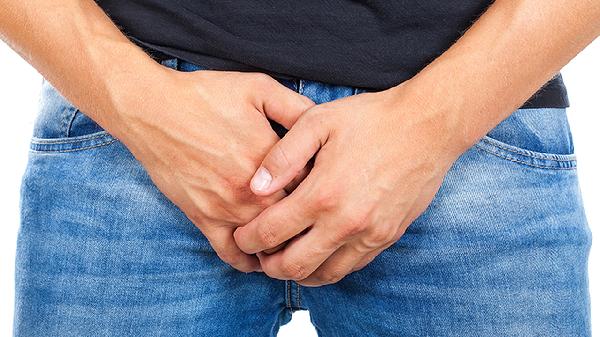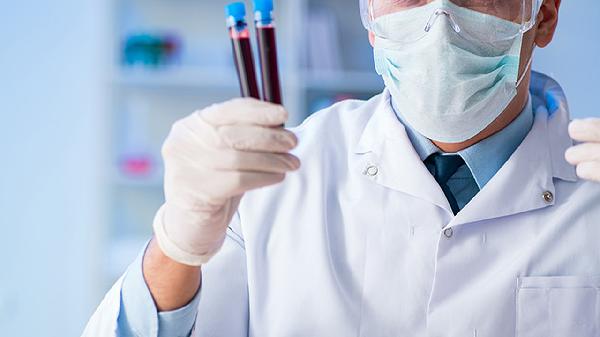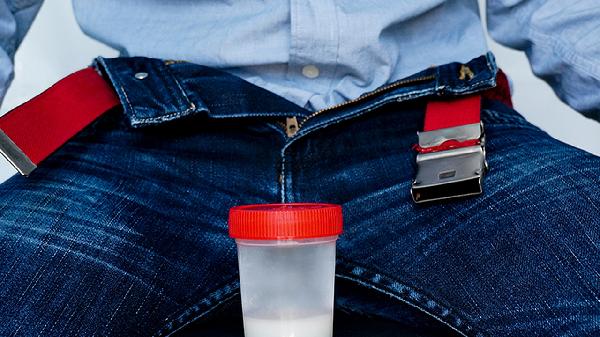Although the proportion of young students among those infected with HIV is not large, the rate of increase is significant. In 2008, the number of reported HIV infections and patients among young students was 482, accounting for 5.77% of the total young population. By 2014, this figure had risen to 16.58%. The proportion of male-to-male sexual transmission among young students increased from 58.5% in 2008 to 81.6% in 2014.

6 Groups of People Who Must Undergo HIV Testing
HIV is humanity's number one enemy. Everyone needs to undergo regular HIV testing, which is crucial for effectively preventing the spread of the virus, especially for these six groups of people who must undergo HIV testing.
1. Promiscuous sexual behavior. As is well known, unsafe sexual behavior is one of the main ways HIV is transmitted. If your sexual behavior is promiscuous, regardless of gender or age, regular HIV testing is essential.
2. Blood donation or transfusion. We all know that paid blood donation and transfusions carry the risk of HIV infection. Testing should be done afterward, but prevention is more important than testing. Never use shared needles or other equipment during blood donation or transfusion.
3. Women planning to become pregnant. Mother-to-child transmission is one of the ways HIV is spread. Pre-pregnancy testing can help you decide whether to have a baby. Prenatal testing can provide more protection for the baby.
4. Drug injection and sharing needles. Injections, especially drug injections and sharing needles, carry the risk of HIV infection. Besides testing, it is more important to avoid drug injection and sharing needles.
5. Sexually transmitted infections (STIs). If your STI test is positive, it is a dangerous signal. The greatest danger is not from the STI itself, but the possibility of contracting a more terrifying virus—HIV. Timely testing and diagnosis can help you overcome HIV phobia or take active measures for treatment.
6. Homosexuals. If you engage in anal or oral sex without using a condom, you should undergo HIV testing.
HIV can also be self-tested.
HIV self-testing involves using an HIV test kit at home. Below is the procedure for HIV self-testing:
Step 1: Examine the HIV test kit.
For convenience, the HIV test kit is enclosed in a plastic card holder, making it easier to use. The detection principle remains the same, still using the double antigen sandwich method.
The parts are as follows: The small round hole (S area) is the sample hole where the blood drop is to be added. The narrow elongated depression is the result judgment area, where T is the position of the test line, and C is the position of the control line.
Step 2: Blood collection.
Blood collection tools: Blood lancet (a medium-thick sewing needle will also work), alcohol, and cotton balls.
Blood collection site: Fingertip or earlobe. Blood collection method: First, disinfect the blood collection site and the lancet with an alcohol cotton ball, then collect the blood.
Note: Discard the first drop of blood and use the second and third drops for testing. The blood drop can be directly added to the sample hole or first drawn into a clean pipette and then added to the sample hole.
Step 3: Interpret the results.
Observe the results within 10-15 minutes after adding the sample.
1. If only one red line (control line C) appears on the test strip, the result is negative.
2. If two red lines (control line C and test line T) appear on the test strip, the result is positive.
3. If no red line appears on the test strip, the test has failed, and a new card should be used for retesting.
It should be noted that since any test can have "false positive" results, do not panic if a positive result appears. You can go to the local CDC for confirmation or consult us, and of course, all of this is confidential. For a negative result, if it is detected after the "window period," it means you are not infected with HIV, and you can be completely at ease.
























